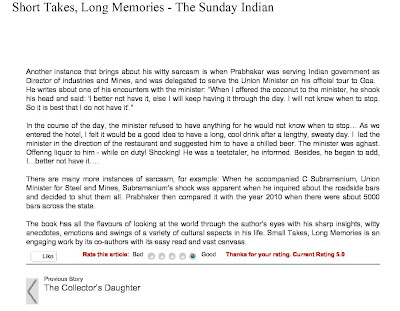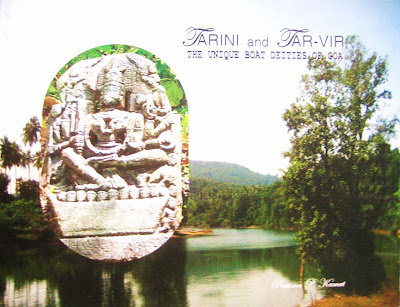Author: Dr Pratima Kamat
Publisher: GOINCARH
Price: Rs 500
Fabulous discount available for students, researchers and academics.
Get your copy TODAY!
The book explores the cultural linkages between water and worship in India's famed travel destination - Goa and analyses the boat motifs found on the unique Devi ('Tarini') and Vir ('Tar-Vir') sculptures located away from the coast, along the banks of River Mhadei, and its tributaries, in the forested, hilly sub-Ghat administrative districts of Sattari and Sanguem in Goa.
These unique 'speciality' Devis (Goddesses) of Goa, which are exclusive to Goa, are cast in the mould of well known Hindu religious deities like Mahishasuramardini, Brahmani, Gajalakshmi and Jogeshwari. They are either standing or seated in a boat, or portray the boat as a howdah or have the boat carved on the pedestal. The sculptures of the Vir, with the boat motif etched on its pedestal, have also been analysed in the book.
The 'Tarini' is an amalgam of folk, Sanskritic, Buddhist and Jaina traditions and provides valuable clues about the Western Ghats-Arabian Sea trade of which Sattari had served as an important conduit in the past.
Tarini and Tar-Vir gives us an insight on the ports of the Mhadei and the ship-building/repair centre that this region must have played host to in the early medieval times.
The book is based on studies conducted along the banks of the River Mhadei and its tributaries, in not so easily accessible and heavily forested environs and relies on primary and secondary documentation repositories in Goa and other parts of India. It includes maps, a rare collection of photographs of the deities and rare cultural forms of the two adminisitrative districts Sattari and Sanguem covered in the book.
Dr Pratima Kamat is the Head of the Department of History in Goa University
For enquiries please contact the blog



